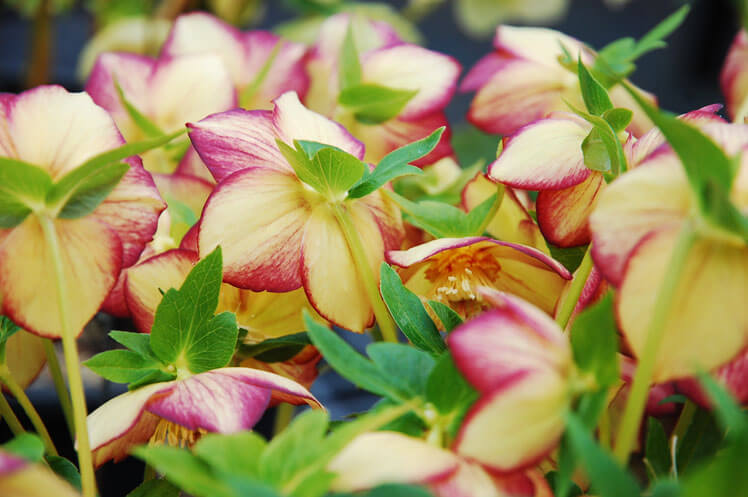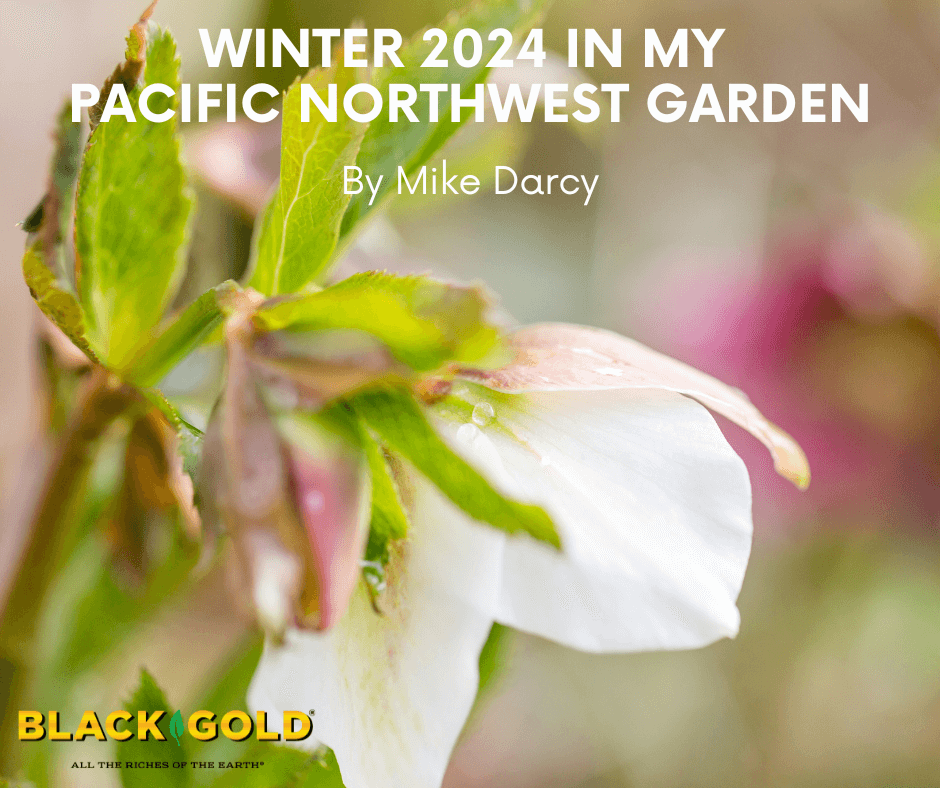
If you are like me in January, your e-mail inbox looks like mine with winter warning messages from the city, county, and state. The headings read: “Emergency Alert!” or “Storm Update!” The cold and snow are here, and many homes in the Portland, Oregon metro (where I live) have gone without power for four days or more and temperatures have been in the teens. It seems like a long time since we’ve had warm sunny fall days, and the garden is showing signs of stress.
Many tree branches are scattered throughout the yard, and the leaves of evergreen shrubs are shriveled. It will probably not be until spring before I will know just how much damage has been done. Many of my new specialty plants introduced to my garden recently may have suffered, but here, and there I see signs of life.
Specialty Trees with Winter Interest
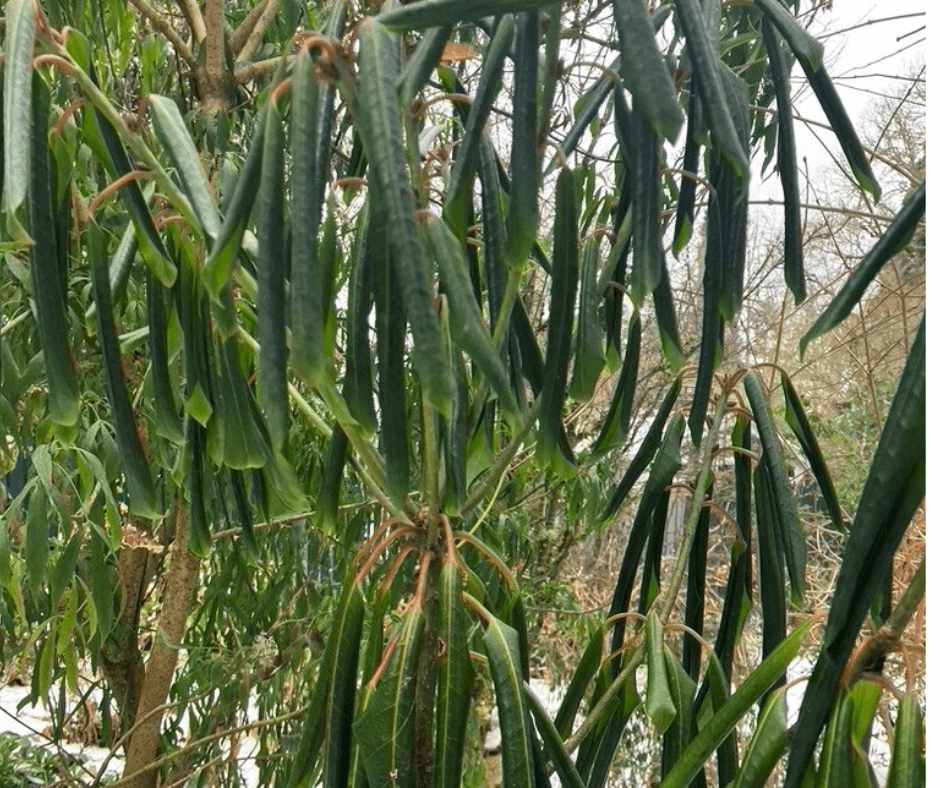
One of the specimen trees that I bought from a specialty nursery several years ago is a Daphniphyllum macropodum (USDA Hardiness Zones 7-9). The East Asian native is not commonly planted in the United States, but the tree has proven to be hardy here. The vulnerable leaves are large and look somewhat like those of a rhododendron. I think the harshness of the 2024 winter will be a good test. The photo below is how my tree looks now.
Another plant for winter color that should be mentioned is Acer palmatum ‘Sango Kaku’, also known as Coral Bark Maple. With cold temperatures, the stems turn red and can provide some outstanding color. This tree is winter hardy, it has never had any insect or disease issues, and I do not expect it to be damaged by the current weather.
Lenten and Christmas Roses
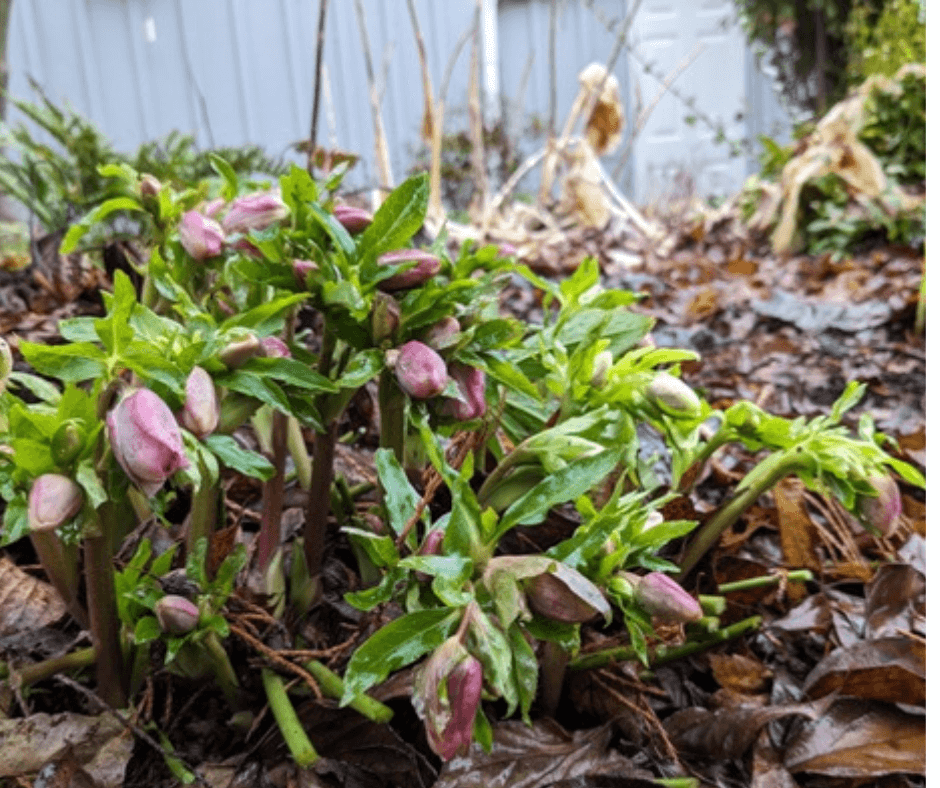
I always look for something positive in the garden, and the Christmas roses (Helleborus niger) are sending up new growth and buds. Thus far, they are doing alright. The photo above was taken by a gardening friend several days before our worst winter weather. The plant has quite a few flower buds showing through the leaf mulch. I hope they survive the winter blast. Christmas roses are tough, hardy plants, and I’ve had groupings of them in the garden for many years. I have never lost any, even in very cold temperatures, so they should survive.
Seed Catalogs
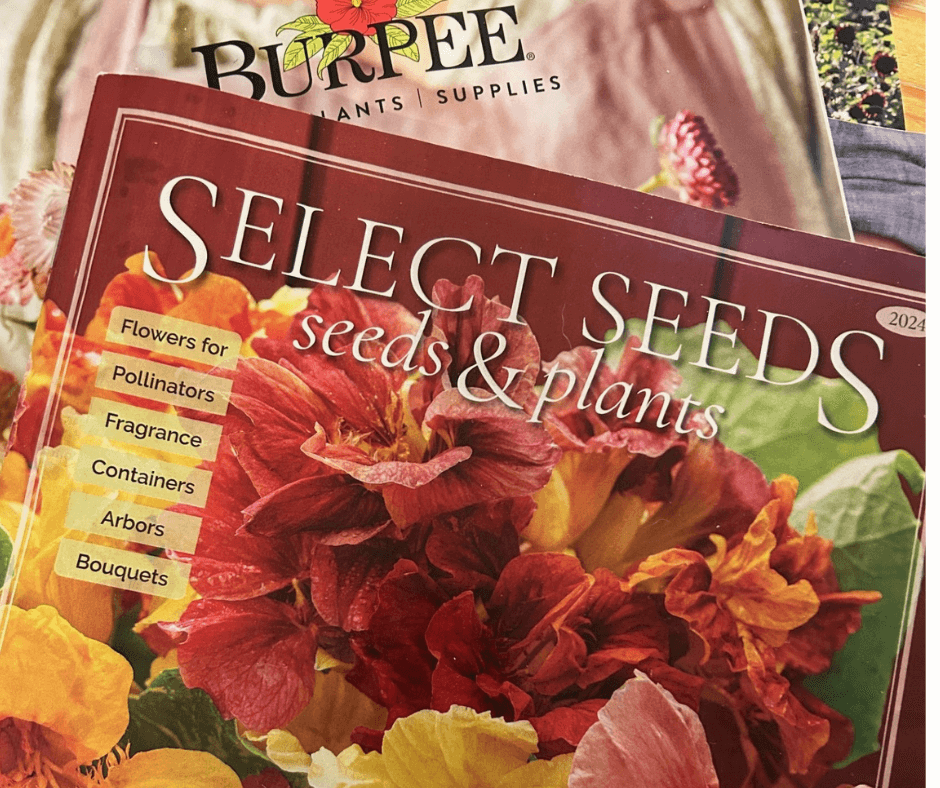
A January gardening tradition for many gardeners, including myself, is looking at seed catalogs. Not just seed catalogs but any garden catalog. A delightful way to spend an evening on a cold night is to look through garden catalogs and dream of spring! Many companies have their catalogs on the internet and this can be an ideal way to find new companies. Most seed companies continue to print a paper version and one of my favorites for vegetables is High Mowing Organic Seeds in Vermont. It is like a garden book! Another is Baker Creek Rare Seeds. Their catalogs are beautiful and laden with impressive plants and photography.
Flower aficionados should look to Select Seeds, with their fine selection of heirloom garden flowers, or mainstay seed catalogs, such as Burpee’s, Park Seed, and Jung Seed. These are just a handful of the better seed catalogs available.
With the start of this new year, I wish you all success in your garden. May your flowers be beautiful and your vegetable harvest bountiful. I look at my garden as a place to go for calmness in this busy, hectic world we live in. May you find peace and calmness in your garden.


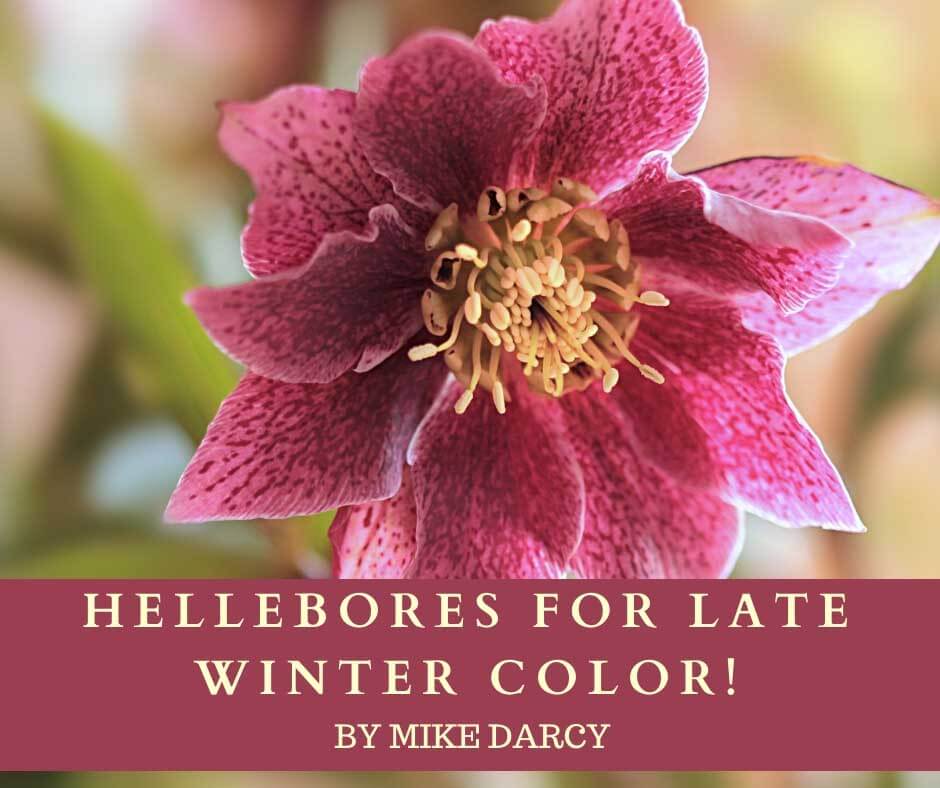
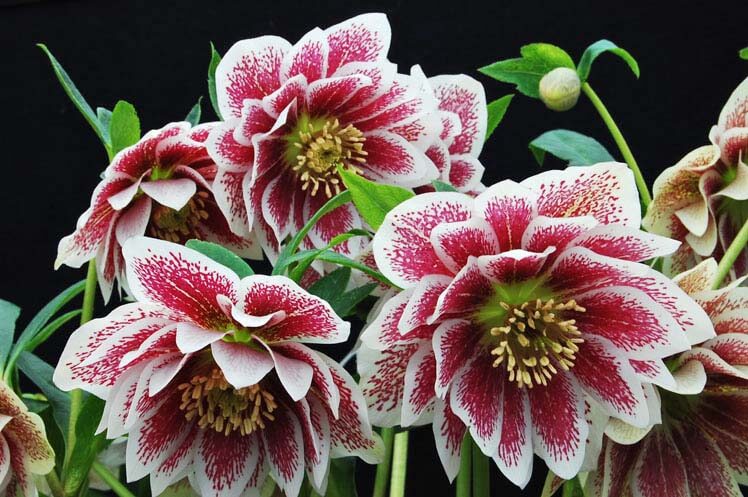
 tend to face forward instead of downward, as many Hellebores do. It will begin flowering in January and continue for at least two months. It makes an excellent container plant, especially by an entryway, as the early blossoms provide winter cheer.
tend to face forward instead of downward, as many Hellebores do. It will begin flowering in January and continue for at least two months. It makes an excellent container plant, especially by an entryway, as the early blossoms provide winter cheer.